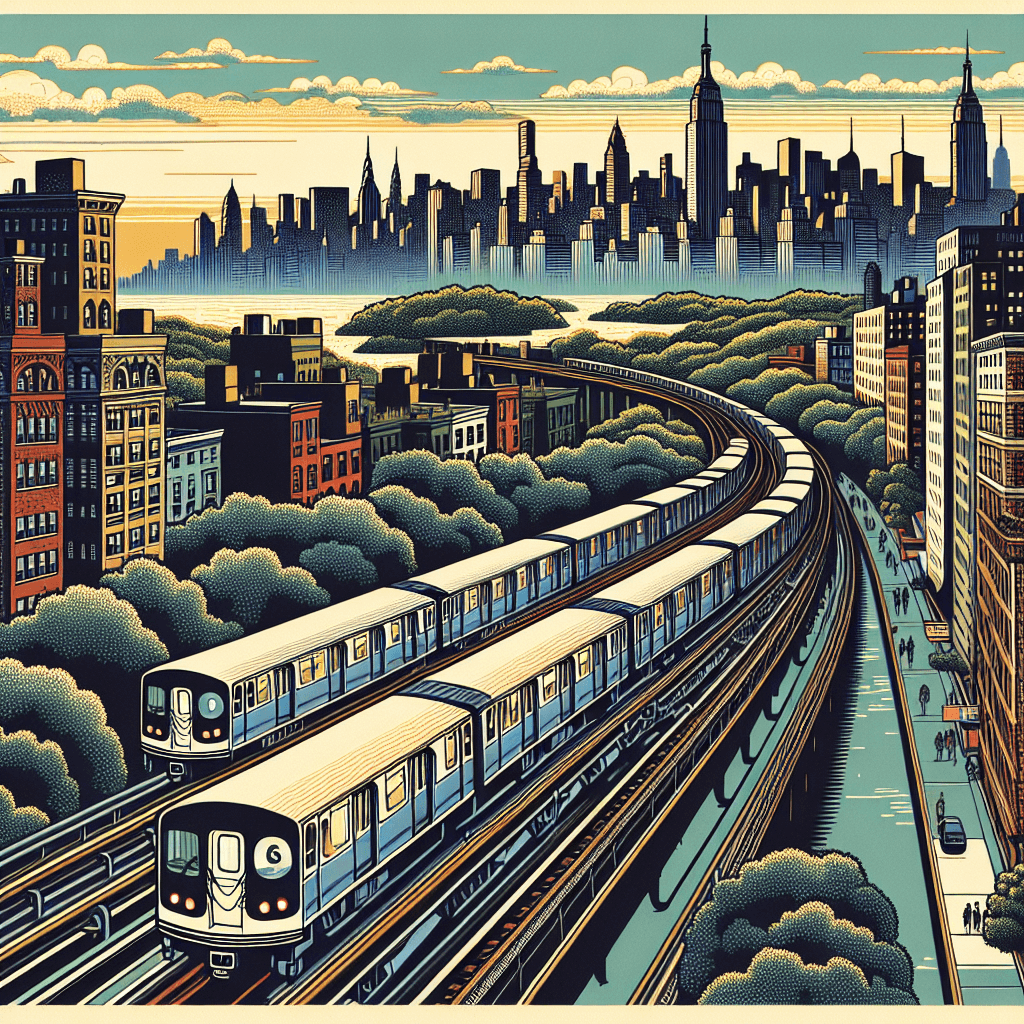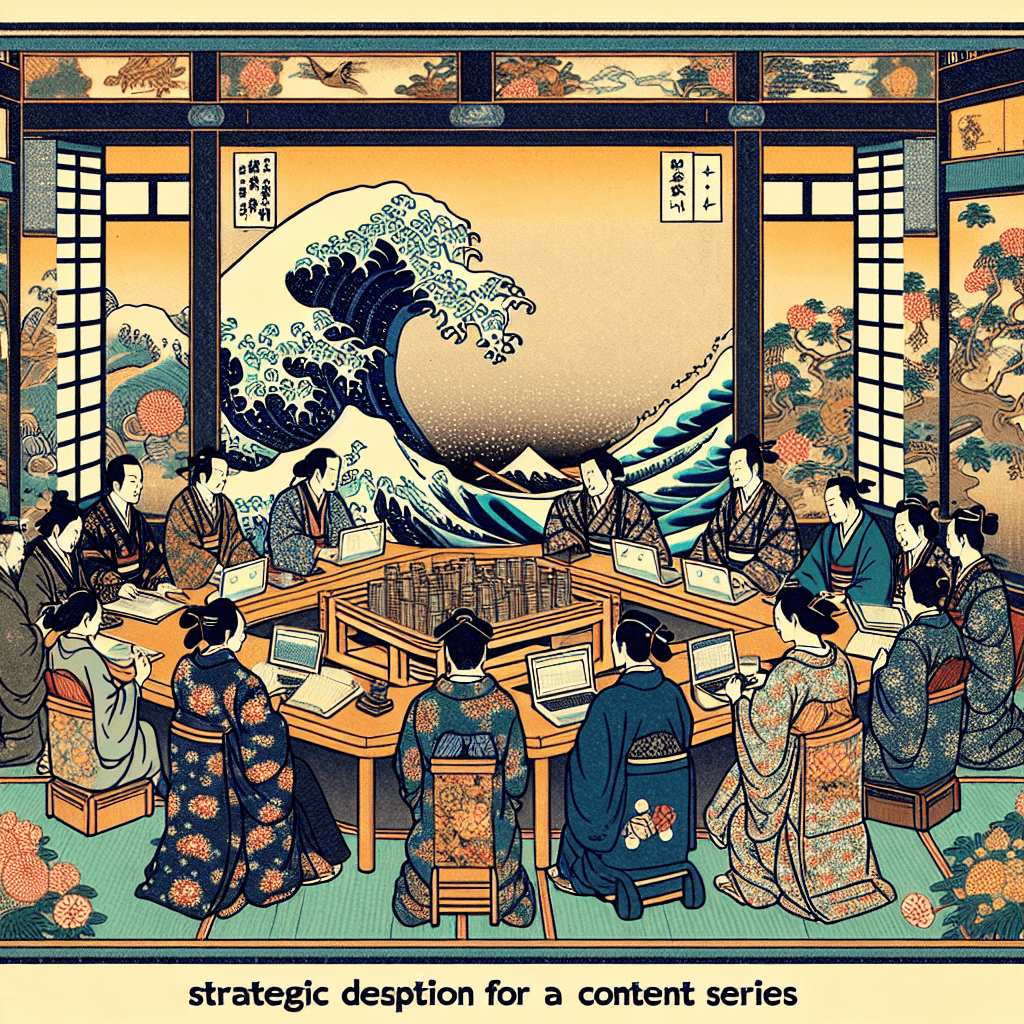**Title: Resilient Rails: The 6 Line’s Next Chapter in the Bronx & Manhattan**
syndu | Feb. 13, 2025, 10:35 a.m.
 (2025-02-13) Below is a “to-do style” content series plan for reviewing the trains used on the 6 line between the Bronx and Manhattan. Each bullet is phrased as an actionable task, which may help certain planning components recognize them as discrete items. Though the substance is similar to previous outlines, we’ve reformatted everything as to-do steps.
────────────────────────────────────────────────
TO-DO LIST: 6 LINE TRAIN MODEL REVIEWS
────────────────────────────────────────────────
1) TODO: Write “IRT Low-V Begins the Journey” Post
• Summarize the earliest low-voltage cars (early 1900s).
• Highlight wooden/composite construction, improvements to commutes, and rider enthusiasm.
• Use “Pullman Car Hiawatha” style references to evoke wonder about these first “rolling stages.”
2) TODO: Write “Steinway Low-V: Tunnel Challenges and Adaptations” Post
• Explain the specialized Low-Vs designed for the steep gradients of the Steinway Tunnels.
• Emphasize engineering modifications that ensured safe travel despite harsh inclines.
• Compare the hidden mechanical feats to backstage stage-rigging in a theatrical production.
3) TODO: Write “Postwar Modernization: R12, R14, R15” Post
• Profile WWII-era changes (new propulsion, brighter interiors, updated doors).
• Reflect postwar NYC optimism, linking to a sense of renewed energy.
• Incorporate a theatrical nod: analogous to opening a fresh act in a stage play.
4) TODO: Write “Mid-Century Workhorses: R17, R21, R22” Post
• Detail these sturdy steel cars, daily maintenance, and how they handled peak rush hours.
• Describe their roles as the backbone of the 6 line in the 1950s-60s.
• Relate their consistency to committed stage actors performing day after day.
5) TODO: Write “The 1960s Shift: R26, R28, R29” Post
• Explore fiberglass seating, improved lighting, and design trends of the 1960s.
• Show how these upgrades mirrored evolving commuter expectations.
• Connect cultural shifts to dramatic scene changes befitting a theater production.
6) TODO: Write “The Rise of the Redbirds: R33 & R36” Post
• Showcase the iconic red paint scheme aimed at fighting graffiti and boosting morale.
• Demonstrate how this fresh exterior gave riders a sense of renewal amid city challenges.
• Compare bold paint to costume changes that offer a striking new look on stage.
7) TODO: Write “Stainless Steel Transformation: R62 & R62A” Post
• Describe the 1980s arrival of stainless steel cars for easier maintenance and comfort.
• Note improved braking, reliability, and passenger safety features.
• Draw parallels between gleaming exteriors and brilliant stage lights capturing fleeting city vignettes.
8) TODO: Write “Quiet Comfort & Digital Upgrades: R142 & R142A” Post
• Center on 2000s-era enhancements—air conditioning, automated announcements, LED signage.
• Highlight microprocessor-driven systems for smoother, quieter rides.
• Reflect on how even with futuristic features, small daily dramas (à la “Pullman Car Hiawatha”) continue aboard each ride.
────────────────────────────────────────────────
SUPPLEMENTARY NOTES
────────────────────────────────────────────────
• Chronological Flow: Handle the posts in historical order—Low-V to R142—to give readers a natural sense of time and technology evolving on the 6 line.
• Research & Tech Details: Include car capacity, mechanical specs, design improvements, plus anecdotes about how each generation shaped passenger experiences.
• Theatrical Flair: Maintain a gentle, reflective tone, referencing “Pullman Car Hiawatha” to highlight ephemeral, stage-like moments on every commute.
• Output: Each blog post is its own “mini-project” in your system, so the planning subcomponent can assign tasks more clearly.
This rephrased approach uses explicit “TODO” markers to help any system or subcomponent pick out actionable items. By following these tasks, you’ll create a cohesive series that captures both the mechanical evolution and the human stories of the 6 line—echoing the theatrical charm of “Pullman Car Hiawatha.”
(2025-02-13) Below is a “to-do style” content series plan for reviewing the trains used on the 6 line between the Bronx and Manhattan. Each bullet is phrased as an actionable task, which may help certain planning components recognize them as discrete items. Though the substance is similar to previous outlines, we’ve reformatted everything as to-do steps.
────────────────────────────────────────────────
TO-DO LIST: 6 LINE TRAIN MODEL REVIEWS
────────────────────────────────────────────────
1) TODO: Write “IRT Low-V Begins the Journey” Post
• Summarize the earliest low-voltage cars (early 1900s).
• Highlight wooden/composite construction, improvements to commutes, and rider enthusiasm.
• Use “Pullman Car Hiawatha” style references to evoke wonder about these first “rolling stages.”
2) TODO: Write “Steinway Low-V: Tunnel Challenges and Adaptations” Post
• Explain the specialized Low-Vs designed for the steep gradients of the Steinway Tunnels.
• Emphasize engineering modifications that ensured safe travel despite harsh inclines.
• Compare the hidden mechanical feats to backstage stage-rigging in a theatrical production.
3) TODO: Write “Postwar Modernization: R12, R14, R15” Post
• Profile WWII-era changes (new propulsion, brighter interiors, updated doors).
• Reflect postwar NYC optimism, linking to a sense of renewed energy.
• Incorporate a theatrical nod: analogous to opening a fresh act in a stage play.
4) TODO: Write “Mid-Century Workhorses: R17, R21, R22” Post
• Detail these sturdy steel cars, daily maintenance, and how they handled peak rush hours.
• Describe their roles as the backbone of the 6 line in the 1950s-60s.
• Relate their consistency to committed stage actors performing day after day.
5) TODO: Write “The 1960s Shift: R26, R28, R29” Post
• Explore fiberglass seating, improved lighting, and design trends of the 1960s.
• Show how these upgrades mirrored evolving commuter expectations.
• Connect cultural shifts to dramatic scene changes befitting a theater production.
6) TODO: Write “The Rise of the Redbirds: R33 & R36” Post
• Showcase the iconic red paint scheme aimed at fighting graffiti and boosting morale.
• Demonstrate how this fresh exterior gave riders a sense of renewal amid city challenges.
• Compare bold paint to costume changes that offer a striking new look on stage.
7) TODO: Write “Stainless Steel Transformation: R62 & R62A” Post
• Describe the 1980s arrival of stainless steel cars for easier maintenance and comfort.
• Note improved braking, reliability, and passenger safety features.
• Draw parallels between gleaming exteriors and brilliant stage lights capturing fleeting city vignettes.
8) TODO: Write “Quiet Comfort & Digital Upgrades: R142 & R142A” Post
• Center on 2000s-era enhancements—air conditioning, automated announcements, LED signage.
• Highlight microprocessor-driven systems for smoother, quieter rides.
• Reflect on how even with futuristic features, small daily dramas (à la “Pullman Car Hiawatha”) continue aboard each ride.
────────────────────────────────────────────────
SUPPLEMENTARY NOTES
────────────────────────────────────────────────
• Chronological Flow: Handle the posts in historical order—Low-V to R142—to give readers a natural sense of time and technology evolving on the 6 line.
• Research & Tech Details: Include car capacity, mechanical specs, design improvements, plus anecdotes about how each generation shaped passenger experiences.
• Theatrical Flair: Maintain a gentle, reflective tone, referencing “Pullman Car Hiawatha” to highlight ephemeral, stage-like moments on every commute.
• Output: Each blog post is its own “mini-project” in your system, so the planning subcomponent can assign tasks more clearly.
This rephrased approach uses explicit “TODO” markers to help any system or subcomponent pick out actionable items. By following these tasks, you’ll create a cohesive series that captures both the mechanical evolution and the human stories of the 6 line—echoing the theatrical charm of “Pullman Car Hiawatha.”
